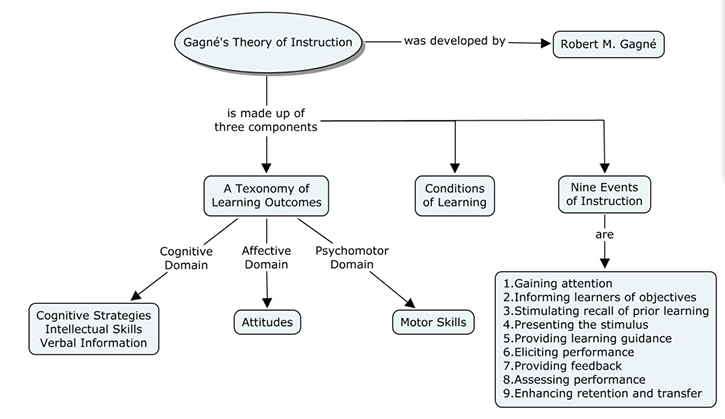Rebecca Hayes’ E-Portfolio
What Is Instructional Technology?
The AECT provides the definition for instructional technology:
Educational technology is the study of ethical practice of facilitating learning and improving performance by creating, using, and managing appropriate technological processes and resources. (AECT, 2007)
In practice, the definition is accurate, but the public perception of instructional technology is vague at best. When I told my cousin, an admittedly smart-alecky fellow, that I was going to study instructional design, he quipped that he was surprised that they would offer an entire Masters program on how to create PowerPoint slides. I knew he was teasing me, but that moment really stands out in my mind as an insight into the public perception of instructional technology. This is a field that has struggled with its identity from its beginnings, when the practitioners were media center directors of newly emerging institutional libraries. This difficulty has been exacerbated by the fact that instructional designers can play very different roles in very different environments. A middle school technology teacher who instructs 6th graders on computer word processing, a professor who teaches online courses, and a corporate executive who creates training modules for the development of sales professionals may all consider themselves instructional designers. Not many fields have this level of diversity in their membership, and this can be simultaneously a source of strength and a source of difficulty. Getting a consensus among such a diverse group can be a challenge, and their circles of influence will be more dissipated, which may be a partial explanation for a lack of influence in policy decisions, historically speaking. The convergence of media and instruction has served to both solidify and fracture the identity of the field, in that the inclusion of technology has led the field practitioners to feel more definitive about their role in instruction, but it has also led to more confusion from outsiders as to the difference between instructional media and instructional design. To many people outside the profession, the two things are one and the same.
Despite the fact that the field has been shaped by the work of experts in psychology, like Skinner, Mager, and Gagne, the field remains largely misunderstood by those in other disciplines. The university system and the US education system in general has historically supported the concept of educational disciplines as independent silos, and by its very nature, instructional design defies and challenges those divisions. This is a discipline that assimilates the technology and media available, whether it is radio, film, or computers, and tries to deliver information in the best possible way. I loved this quote from the article on the history of the AECT on their website from Charles Hoban Jr., from the 1970s reminiscing on the issues that faced the field practitioners in the 1920s and 1930s:
The battle then as now was against verbalism, except that then the issues were more clearly seen and drawn. Verbalism was words empty of concrete, acted-upon, psychologically transformed meanings of reality as experienced through the senses...
I am not sure even now, almost 100 years later, the battle has changed all that much. As a society, we seem unable to shake the belief that as subject matter expert is the best person to teach that subject. The irony is that the focus should be on the learner -- not the amount of knowledge the instructor has, but the instructor’s ability to share that knowledge effectively with learners.


